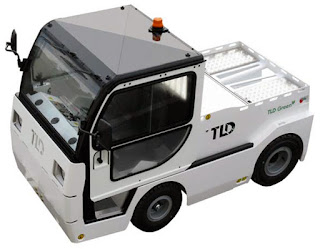The Costliest Aviation Accidents and Issues and How to Avoid Them

Every year, the airlines lose billions of dollars to accidents and other damage incidents. Beyond the financial risk and loss, accidents and damage incidents are responsible for a number of collateral and peripheral consequences. Those consequences range from passenger inconvenience and loss of business to, far worse, injury or death. Unfortunately, as airsides at airports and aerodromes are generally busy, borderline chaotic places, with ground support equipment (GSE) like aircraft pushback tractors and baggage carts bustling past massive airliners, accidents and damage incidents can have a lot of sources. That also leaves airport management, contractors, and third parties vulnerable to liability costs. The good news is: most of those can be mitigated or avoided altogether. Ramp Damage: Towing and Collision Incidents According to the research, the total cost of ramp damage alone to the airlines is around $10 billion every year. The average cost of each accid
